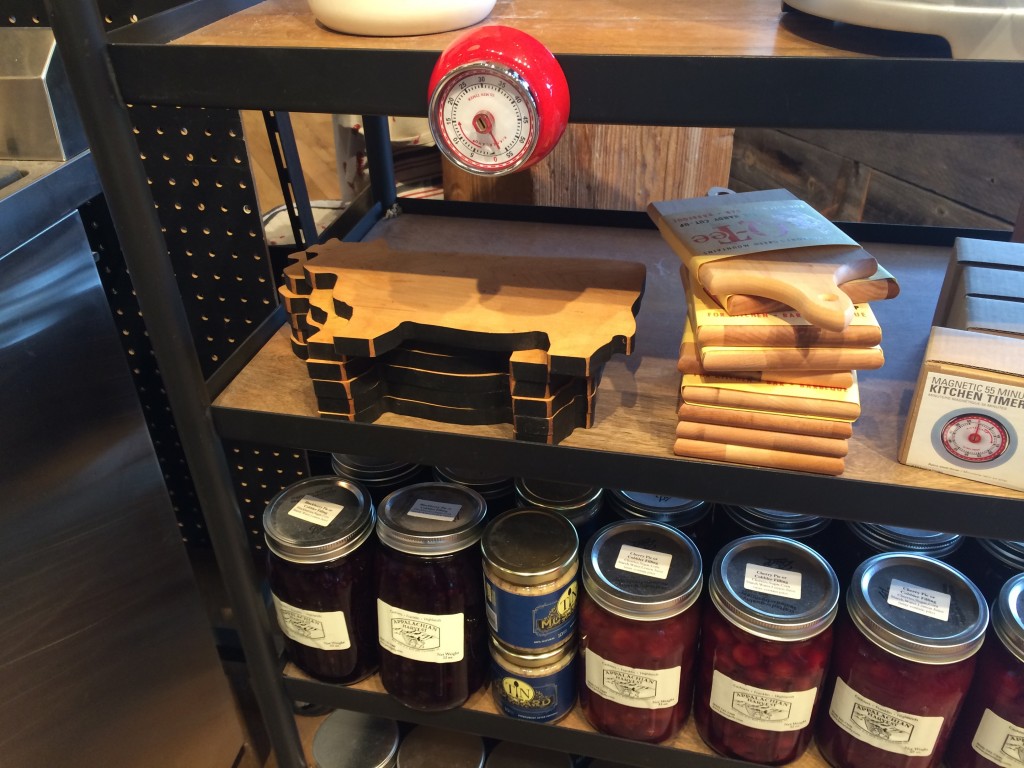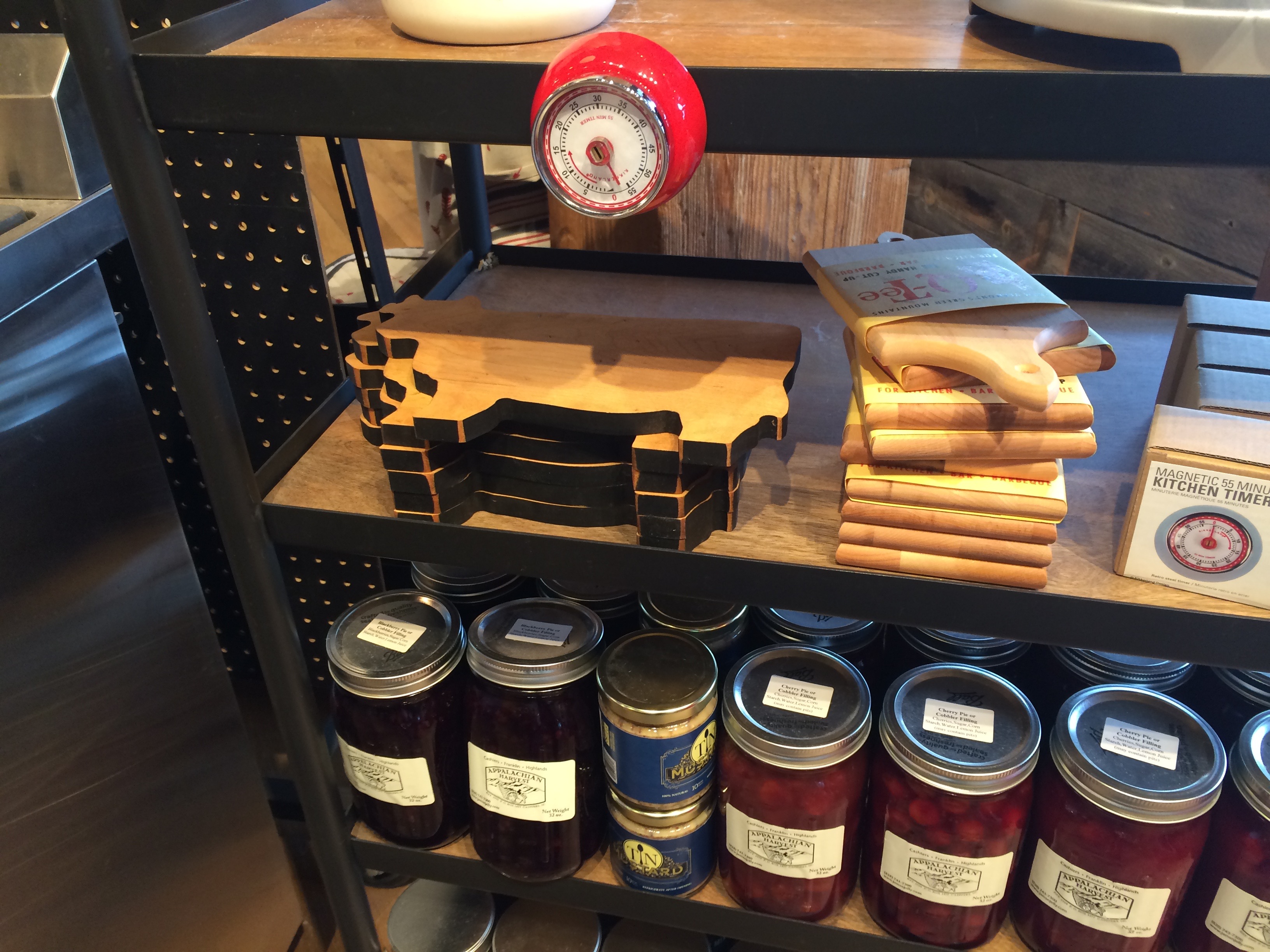About 6,700 cheese boards and cutting boards sell on the Amazon.com. Their prices vary between $5 and $370. Majority of them are rectanglular. However, not a few boards interesting shapes. At one of my favorite Canadian stores, West elm, I found a cow-shaped mini cheese board and cutting board. Its price was $22.

I bought this board mainly because it looked interesting to me. However, a board designer cut a significant portion of it to make it look like a cow, it was not useful to cut vegetables and fruits but ok for serving cheese. This is a typical situation that marketing researchers often study: a trade-off relationship between aesthetic appeal and practical utility. Does this trade-off work? Unfortunately, I do not know whether adding design flavor attracts other consumers or helps makers charge more. However, it successfully attracted at least one person who had virtually no interest in boards before. Probably, this funny-looking board will remind me of a Canadian store and bring much to share with my guests.
***
Reference
Joo, J., & Chung, J. (2019). Are consumer design evaluations trustworthy? Archives of Design Research, 32(1), 47–59.
Background Designers often consider consumer design evaluations. However, whether consumer design evaluations are trustworthy has been rarely discussed. We propose that consumers equate the concept of design with the concept of uniqueness, which suggests that their design valuations are context dependent and unstable.
Methods We test our proposition by conducting one pilot study and three main studies. The pilot study examines which criteria consumers consider when evaluating a design. The three main studies test whether consumer design evaluations depend on the situation and unique products.
Results The results of the pilot study and three main studies demonstrate that subjects evaluated design using aesthetic and functional attributes and their design evaluations were based on the attributes that are not popular in a specific situation.
Conclusions This study contributes to the academic discussion of whether consumer design evaluations are stable. Our findings demonstrate that consumers construct design evaluations on the spot. Therefore, designers who have accumulated professional experience and knowledge, are recommended to follow their own design evaluations rather than the voice of customers.


